Sara Susan Paul
M.S ARCHITECTURE AND URBAN DESIGN
Columbia University GSAPP 2023-2024



M.S ARCHITECTURE AND URBAN DESIGN
Columbia University GSAPP 2023-2024


167 St, The Bronx, New York, USA
Angel Langumas, Mingrui Luo, Shen Li, Sara Susan Paul
Studio critics : Nans Voron, Sagi Golan, Liz Camuti, Grant McCracken, Daphne Lundi, Austin Sakong, Sean Gallagher, Candelaria Mas Pohmajevic, Reya Singhi, Heer Shah
Food, by definition, is a means of sustenance, however it has come to mean so much more than just nourishment. However, this critical facet of human life is not available to everyonefood insecurity is a phenomenon that several marginalized communities grapple with. The South Bronx is one such area where lack of access to nutritious food is a systemic problem.
Our project envisions the South Bronx not as a Food Desert but as an area that is teeming with vitality and potential where bridging the gap is a community led venture- led by the Informal Economies. The proposal takes the form of a toolkit of prototypes that enable vendors to hack urban infrastructure.


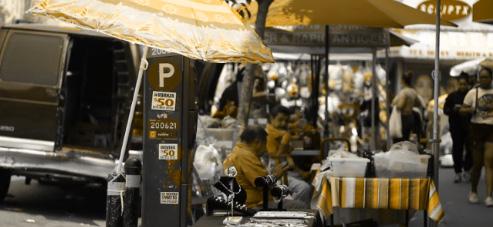

Make shift stalls






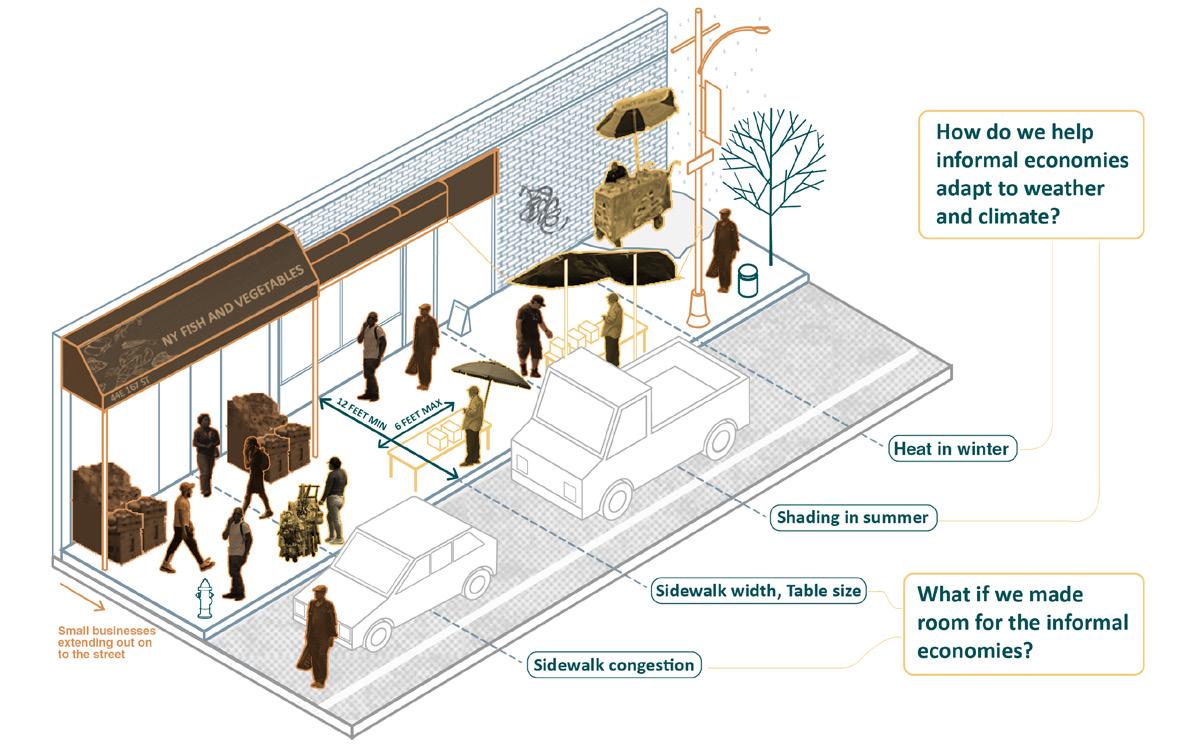
The design builds on practices of hacking infrastructure with a series of prototypes that allow informal economies to exert spatial agency over the urban realm. This is followed by a strategic street expansion to accommodate for added mobility as the prototypes begin to cluster.






Red Hook, New York, USA
Sahana Kumar, Tharika Raman, Sara Susan Paul
Instructors: Justin Davidson, Jesse Hirakawa, John Grunewald, Vir Shah
A study by the Center for an Urban Future mapped the diaspora of artists out of Manhattan in search of affordable housing during the early 2000s. Their findings show that the borough of Brooklyn experienced the greatest rise in artists (up 72 percent). The StoryMap explores this phenomenon in the region of Red Hook, Brooklyn- analyzing its transformation from an industrial site to an artist haven. The concentration of art institutions within Red Hook have been mapped and the story of the neighborhood is told through conversations and interviews with members who belong to the artist community.




“So people were coming here for trading and that was an interesting aspect for the gallery in Red Hook.”

“We don’t have tall buildings that ring on the waterfront. Because of that we get wonderful light.”
Tilford Yard, Atlanta, Georgia, USA
Anadya Kukreja, Aliza Mehnaz, Gokul Nair, Sara Susan Paul
Studio Critics: Emanuel Admassu, Nina Cooke John, Jelisa Blumberg, A.L. Hu, Christin Hu, Oscar Oliver-Didier, Caroline Wineburg, Verena Krappitz
Property manifests as exclusive territories for the accumulation of power. In the Information Age, power is defined by data, generated through algorithmic engagement and stored in Data Centers, such as the one housed on the former Tilford Yard. Data Centers are emblematic of Big Tech’s plot to monetize on collected data, the repercussions of which, transform our relations to information and each other. They uphold the tenet- who manages knowledge determines what knowledge is created. We propose an alternative that centers people not data, in the knowledge process. This takes the form of a Knowledge Collective- a space where communities engage with embodied forms of knowledge and shape their own stories.

An intentional delay slows down traffic, which is leveraged by vendors to create a flourishing microeconomy. Slowing down creates an opportunity to strengthen social bonds and engage in different forms of exchange.

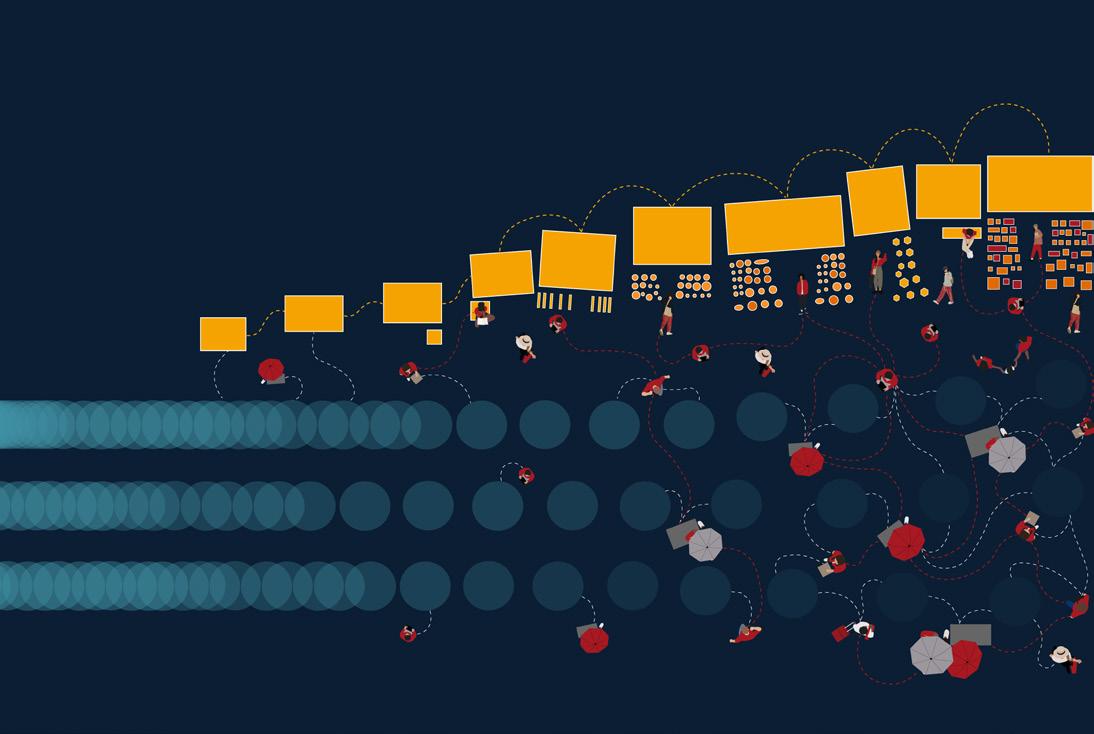
Street vending modules cluster together incrementally to transform the street into an impromptu market. This form of urban vitality is catalyzed by the clustering of these modules in response to circulation flows.


The Program was conceived by thinking about Knowledge not as an institution but as a process. Emphasis is laid on forms of knowledge that are embedded in social practices and represent plurality.







Candelaria
Gassiebayle, Sahana Kumar, Tharika Raman, Sara Susan Paul W.195 St, Kingsbridge, New York, USA
Instructor: Kaja Kühl
Our project was centered around the question- “How can W 195 street become an extended space for the youth?”. Drawing from the aspirations of The Together for Kingsbridge Vision Plan “to prioritize the youth”, we leveraged our project as an opportunity to engage with students, parents and teachers at the primary school PS 340 to envision the street as a space that is not meant solely for cars. Our engagement activity consisted of two parts. First, we collaged the street with activities that could create the vitality desired to demonstrate the possibilities the street could host. Then, we invited students to draw, color and paste stickers over an illustrated map of the neighborhood, to discuss activities they would like to see in their neighborhood.




Imagine a street without cars
We can have markets for shopping
Let’s play on the streets

Angel Langumas, Chealsie Nalvarte, Gokul Nair, Sara Susan Paul Blue Lagoon, East Portland, Jamaica
Studio Critics: Kate Orff, Thaddeus Pawlowski, Claudia Herasme, Geeta Mehta, Dilip da Cunha, Adriana Chavez, Di Le, Maria Gabriela Flores
“Water for All: From Privilege to Right” presents a transformative framework for coastal access and water rights in Jamaica, spotlighting the Blue Lagoon. Despite its natural allure, the Blue Lagoon, a site of national heritage, is privately owned with restricted access to Jamaicans. This is the epitome of a coastwide phenomenon where access has become a privelege. Our initiative aims to restore public access to the coast through community-led efforts, emphasizing ecological restoration, adaptive tourism, and policy reforms such as the Coastal Rights Act. By empowering communities and fostering collaboration, it envisions a future where water is a universal human right, reshaping Jamaicans’ relationship with their coastal heritage.

Access to the waterfront is a privelege in Jamaica. Colonial-era policies have left behind a legacy that has enabled hotels, resorts and private entities to cut off Jamaican people from their waters and blocked them off from the coast for multiple generations.
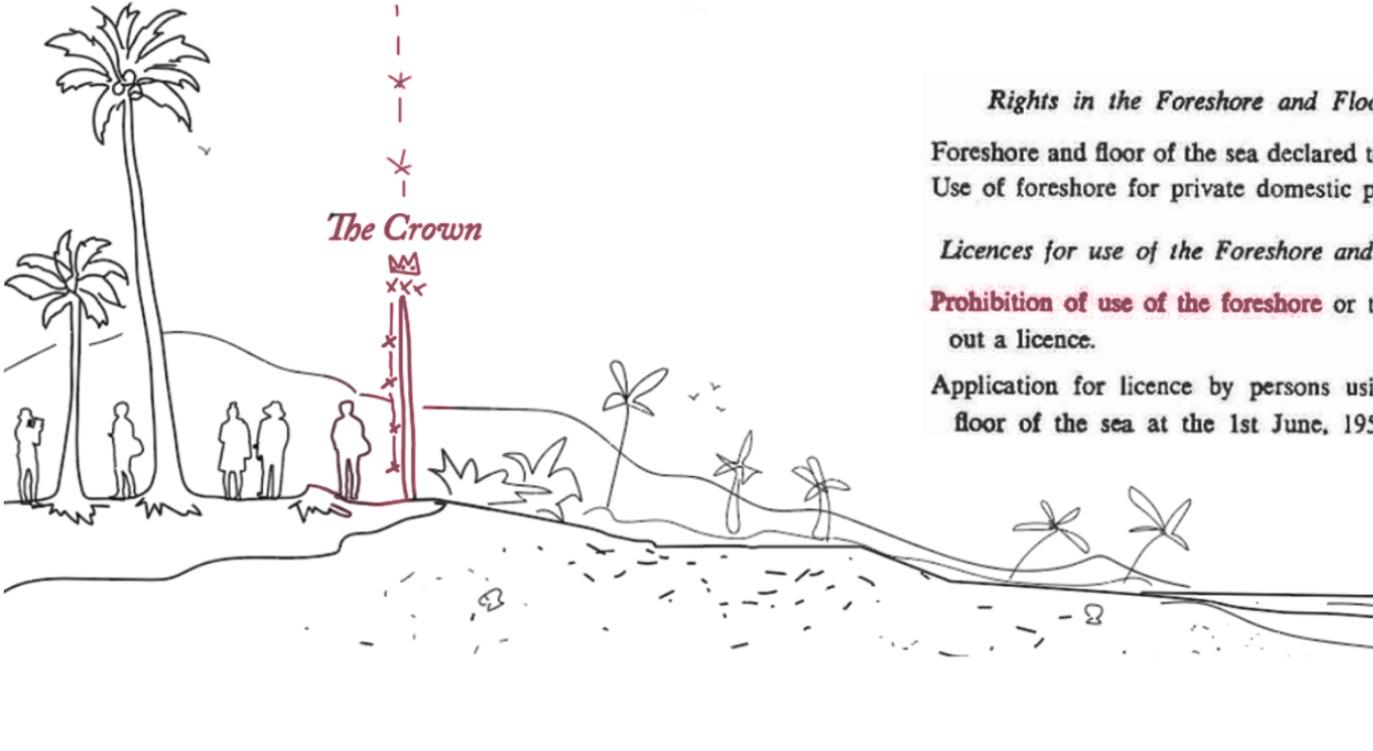


The ‘Beach Control Act’ restricted coastal use to commercial activities- namely hotels and resorts. This created an imbalance between the resources accessible to the public and private spheres.
In this stretch in East Portland, of 15km of coast, only 1.8% is publicly accessible.



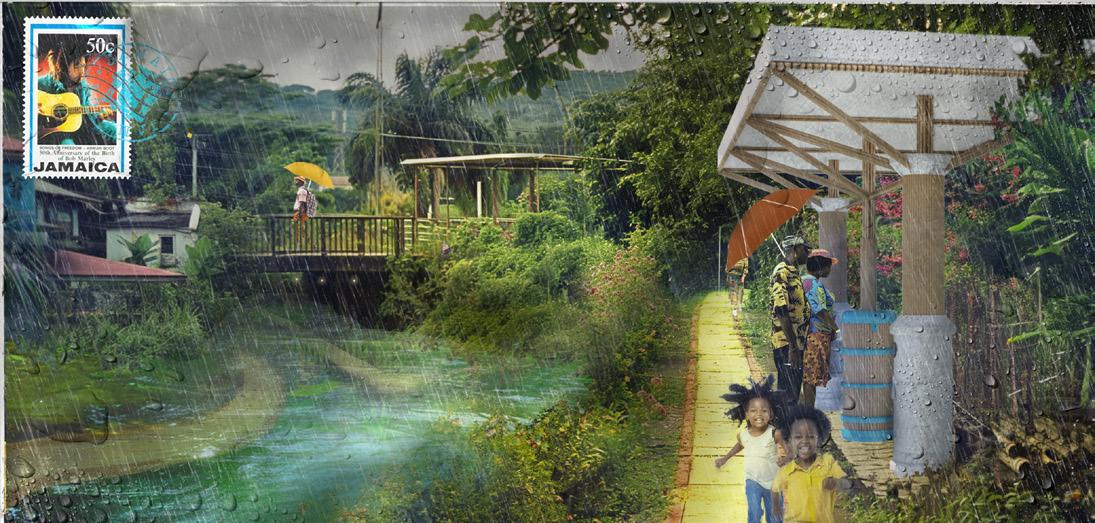

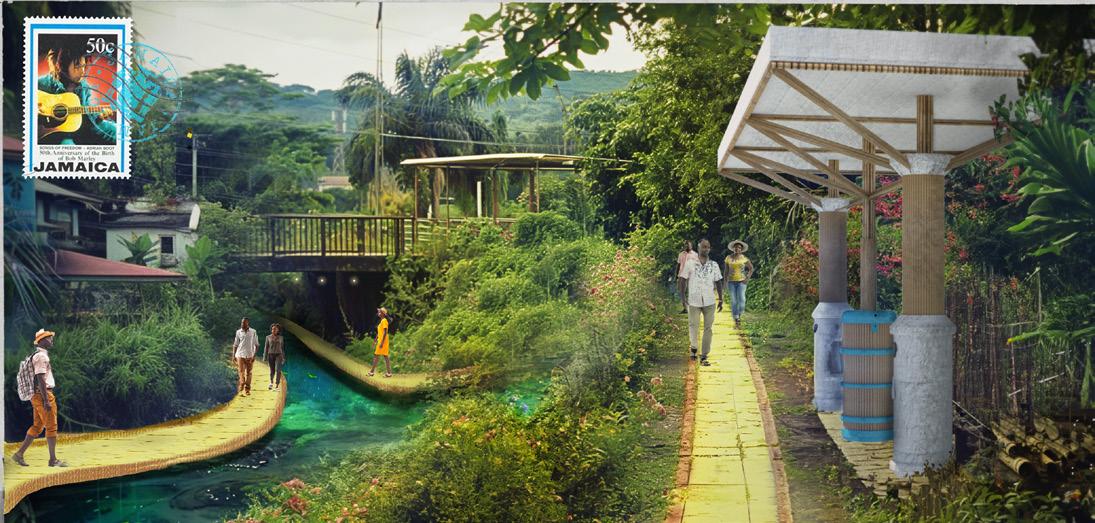
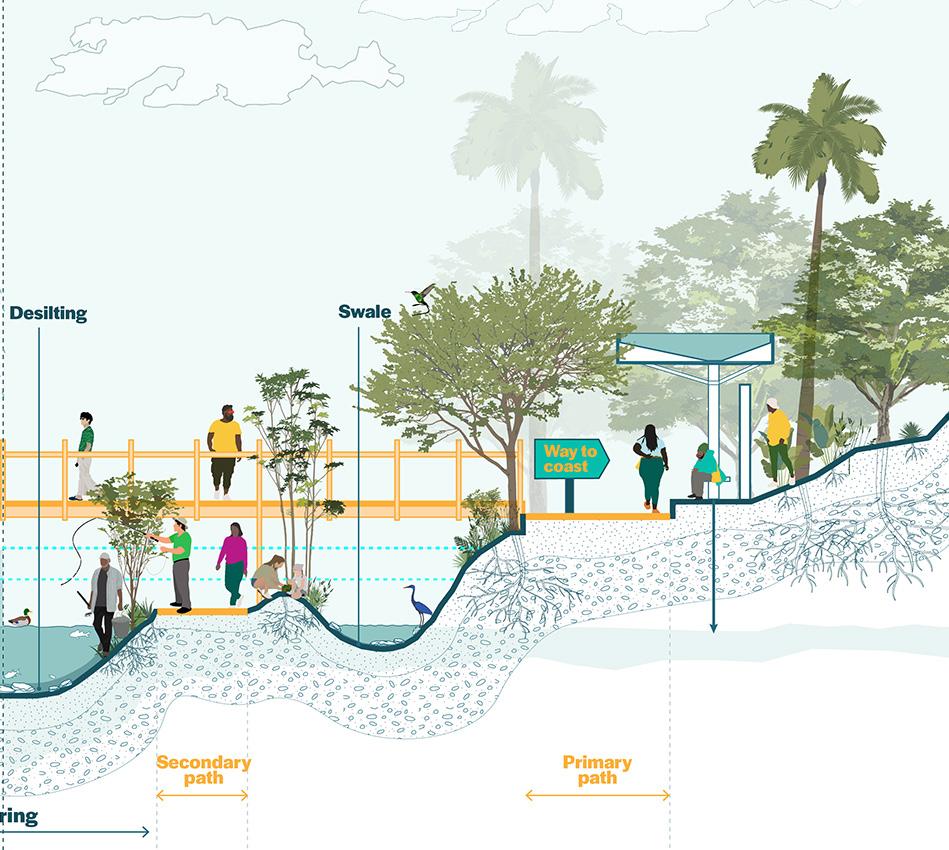


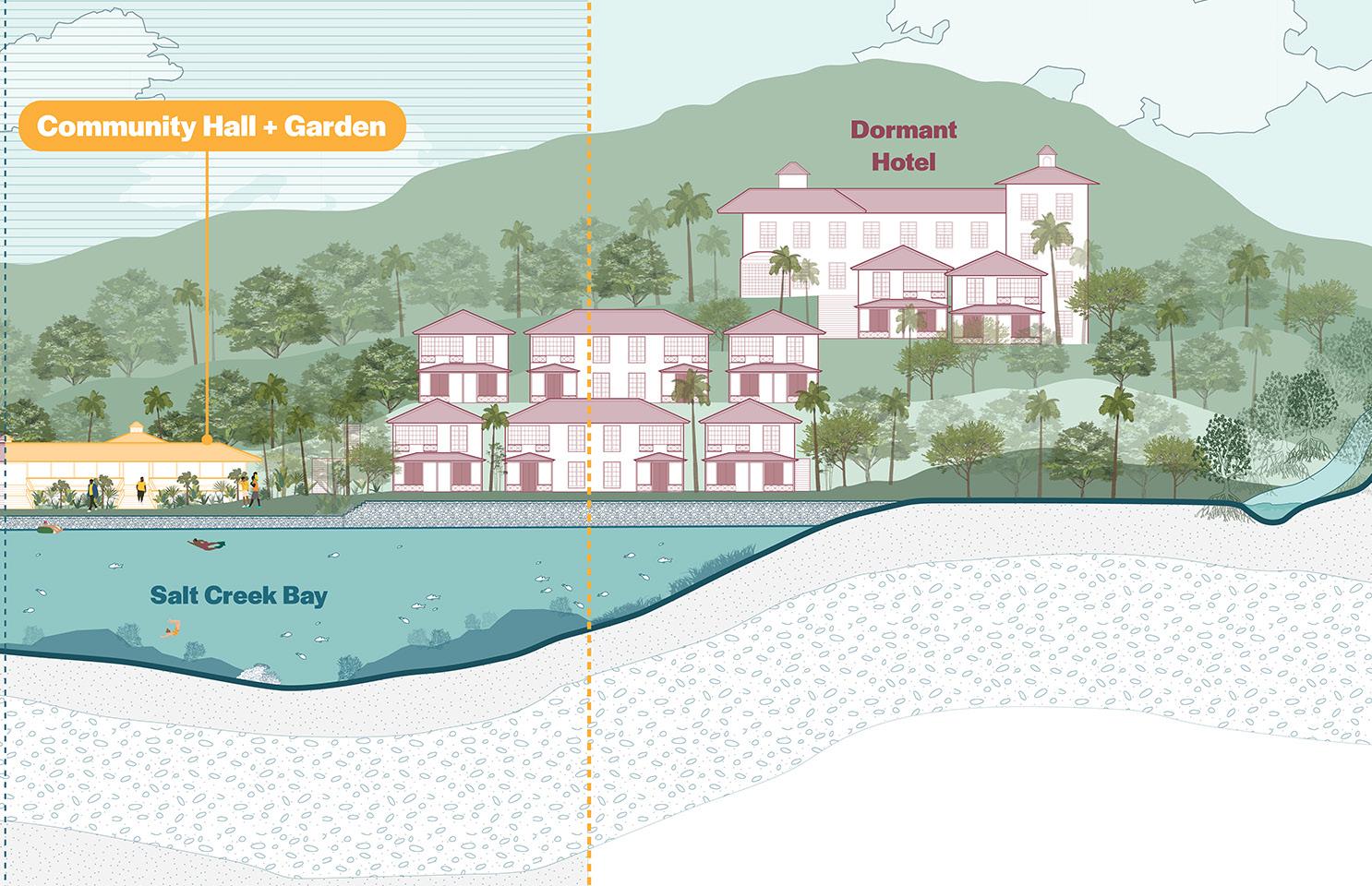







Brownsville, Texas, USA
Xueyuan Wang, Sara Susan Paul
Instructor: Molly Burhans
Brownsville stands as a focal point for migrationprimarily of those fleeing violence, poverty, and persecution in Central America. The Brownsville Diocese is involved in aiding migrants through humanitarian aid such as food, shelter, and medical assistance through their parishes, charities, and outreach programs. Our focus lies in speculating how the Diocese could enhance its contributions towards this cause. Migrants arriving at the border urgently require housing. We explore the potential of utilizing properties owned by the Diocese to address this need. Our evaluation process involves considering factors such as land slope, proximity to schools, and access to medical services to identify the parcels most suitable for migrant housing.
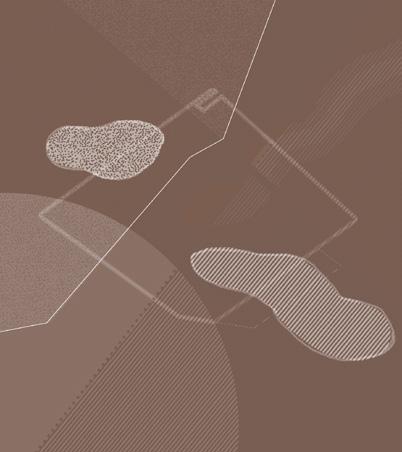





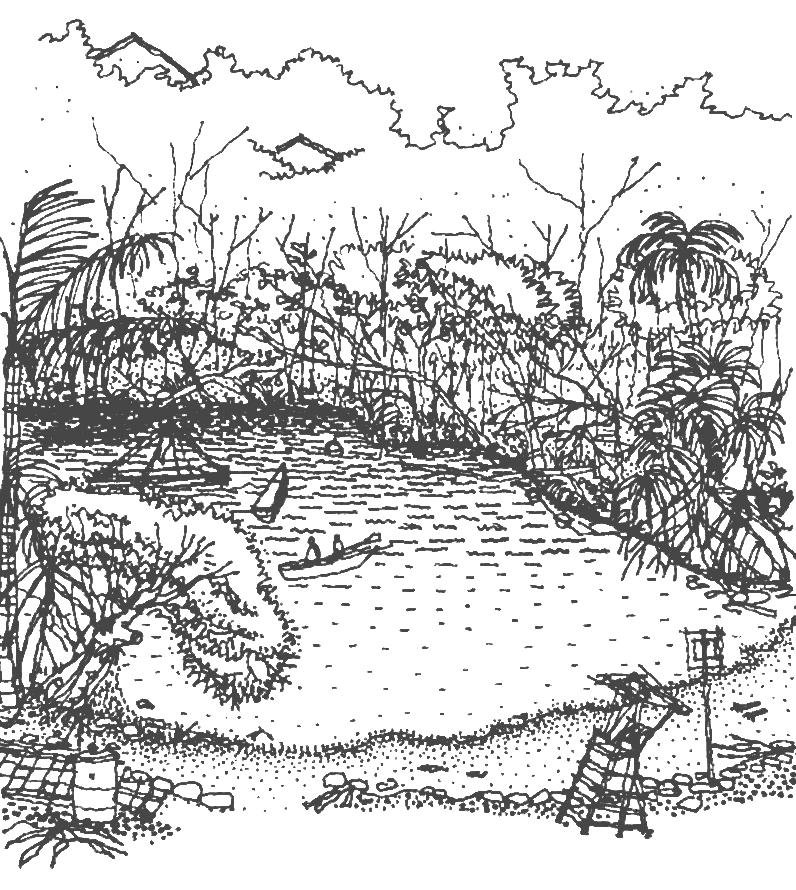
Sara Susan Paul